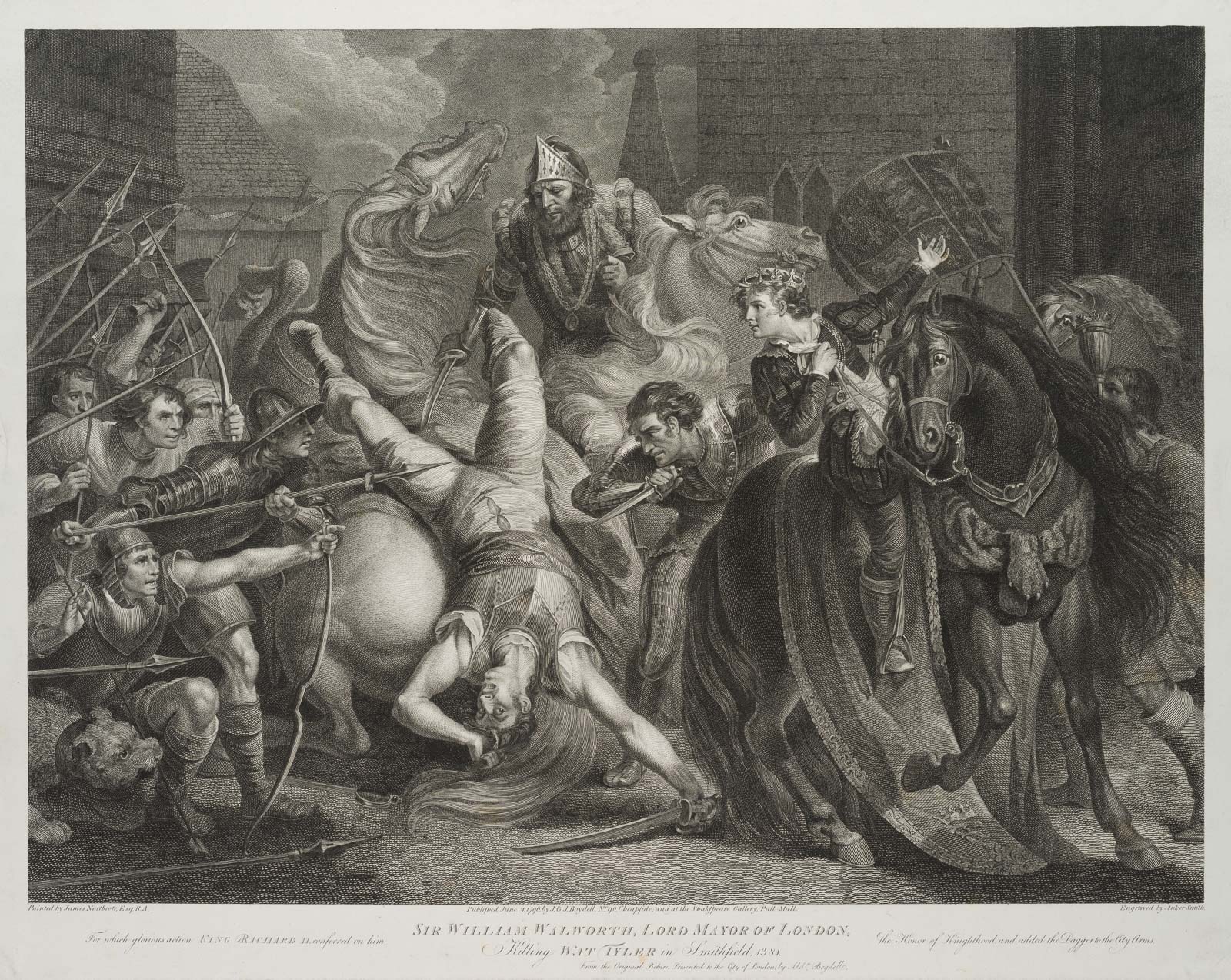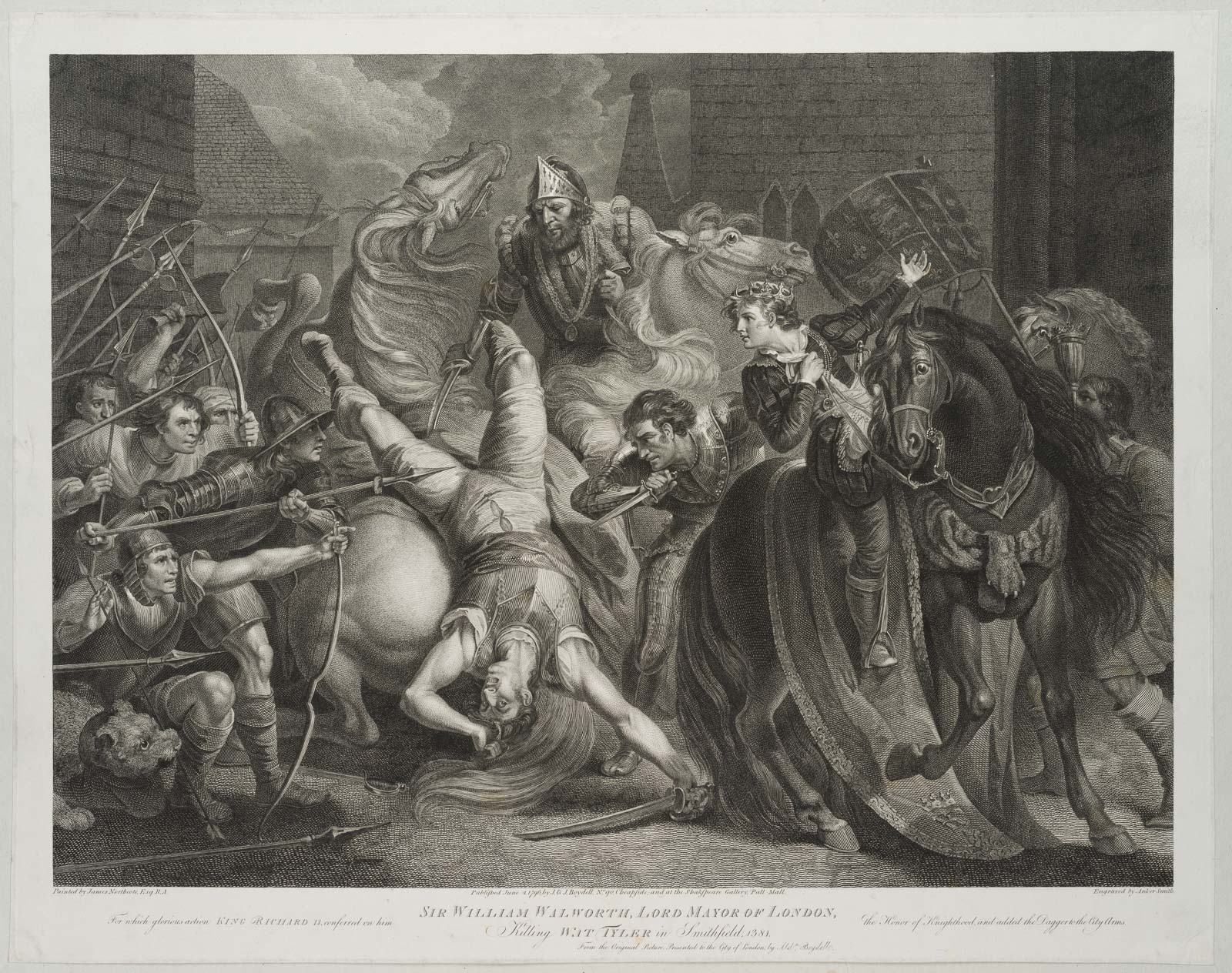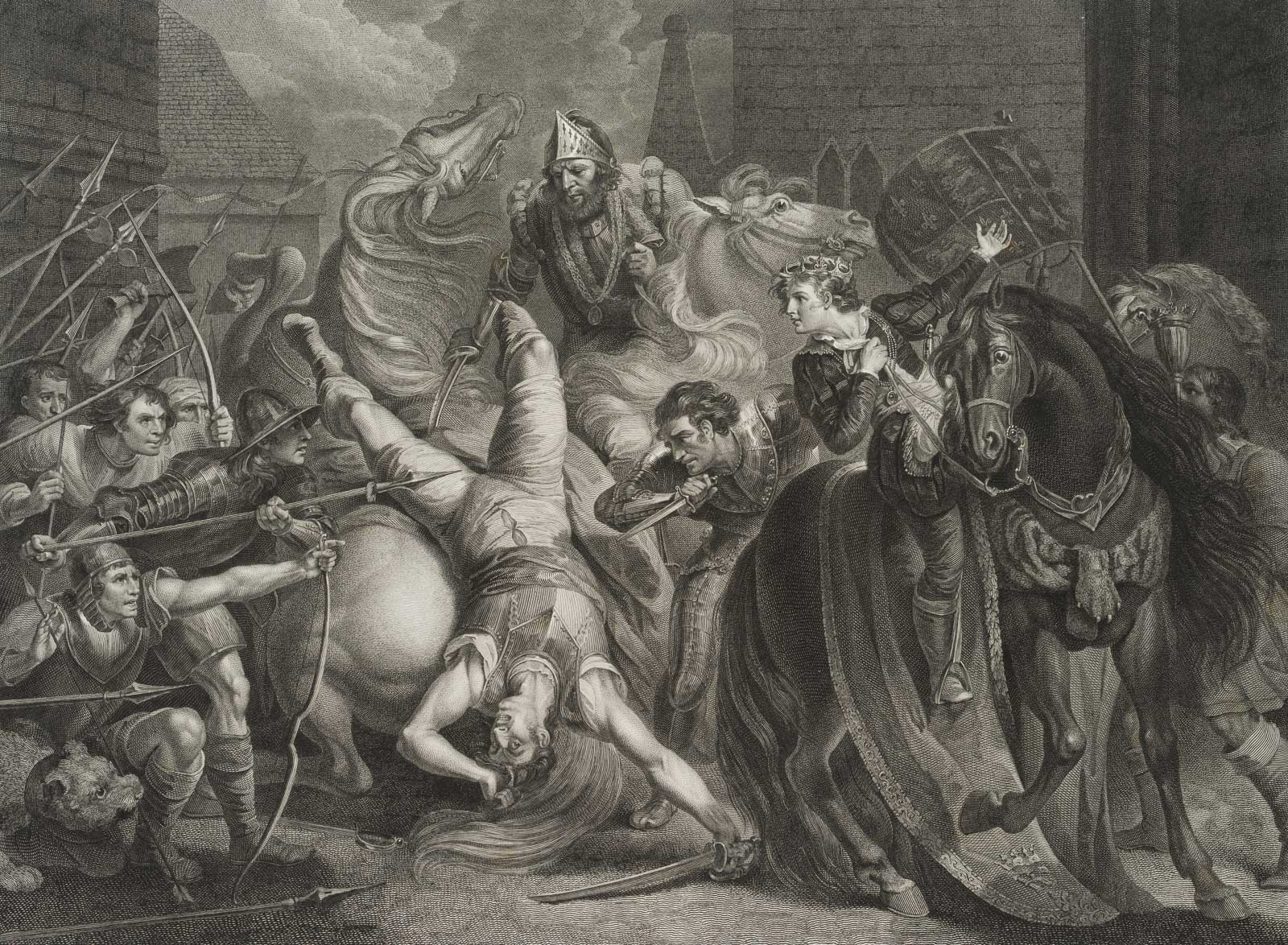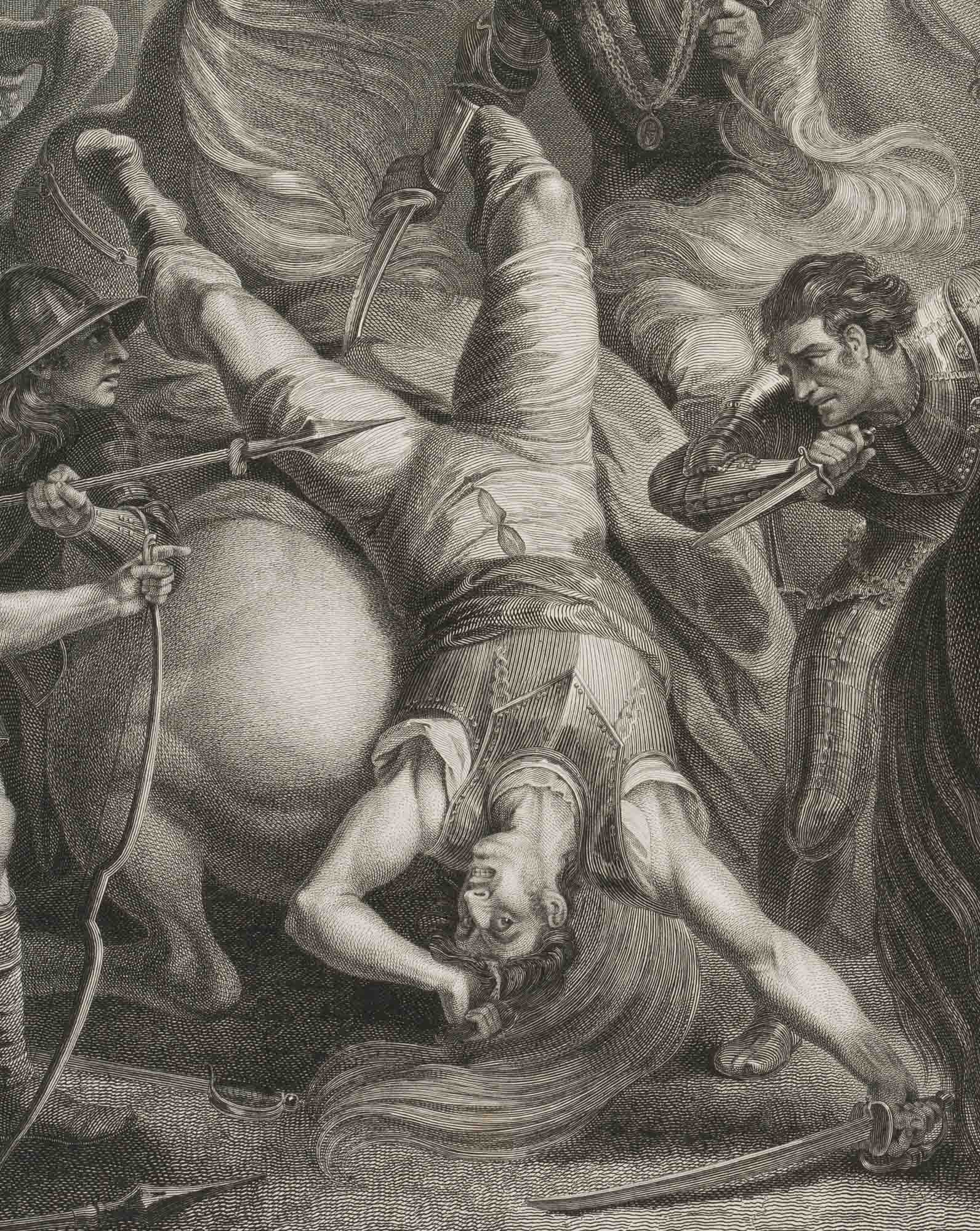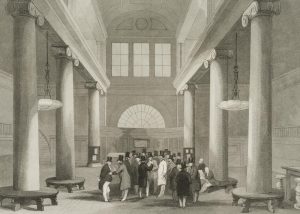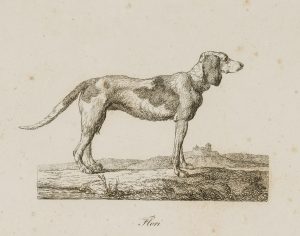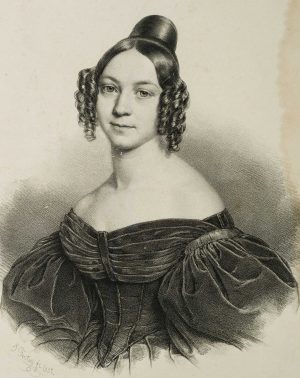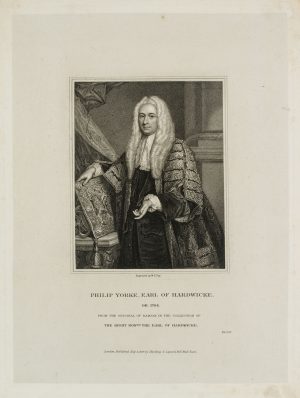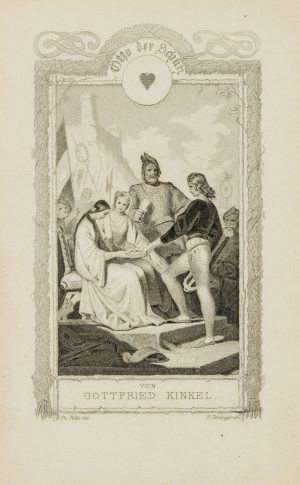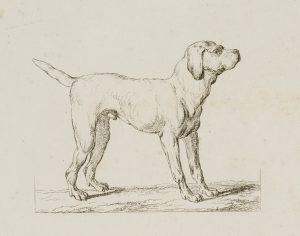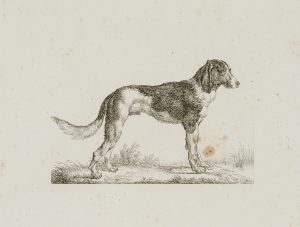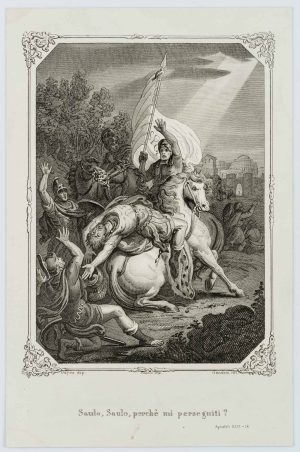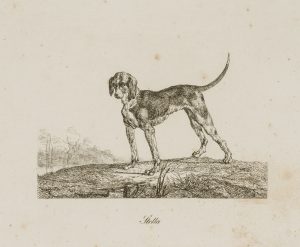Anker Smith (1759 Cheapside, London – 1819 ) nach James Northcote (1746 Plymouth – 1831 London), Die Ermordung Wat Tylers, 1796, Kupferstich
- Technik: Kupferstich auf Papier, montiert auf Papier
- Bezeichnung: Unterhalb der Darstellung signiert “Painted by James Northcote, Esq. R.A. / Engraved by Anker Smith” und mit Publikationszeile: “Published June 4, 1796, by J. & J. Boydell, No. 90, Cheapside; and at the Shakspeare Gallery, Pall-Mall.”. Darunter betitelt und bezeichnet “Sir William Walworth, Lord Mayor of London, Killing Wat Tyler in Smithfield, 1381. / From the Original Picture Presented to the City of London by Boydell” und mit weiterer Zeile: “For which glorious action King Richard II. conferred on him the honor of Knighthood, and added the Dagger to the City Arms.”
- Datierung: 1796
- Beschreibung: Hervorragende Druckqualität. Die Darstellung zeigt die Ermordung Wat Tylers (gest. 1381 Smithfield, heute London); er war ein englischer Bauernführer, der 1381 die Peasants’ Revolt anführte, sein Nachname Tyler (“Ziegelbrenner”) bezeichnet eigentlich seinen Beruf. William Walworth, der Bürgermeister von London, zog sein Schwert und verletzte ihn schwer, ein Knappe des Königs tötete daraufhin den Rebellenführer, der u.a. die Konfiszierung von Kirchengütern und die Abschaffung von Leibeigenschaft und Ständeordnung forderte.
- Schlagworte: Militär, Zoologie, Großbritannien, Figürlich, 1750-1799
- Größe: 50,6 cm x 64,0 cm, Darstellung: 44,5 cm x 59,8 cm
- Zustand: Sehr guter Zustand. Die Darstellung macht einen sehr guten Eindruck. Aufgelegt auf eine Unterlage; entlang des Plattenrandes knapp beschnitten; Blattecken und mittig an der linken und rechten Blattkante leicht knittrig infolge der Montage auf eine Unterlage; im rechten Rand der Darstellung altersbedingt leicht stockfleckig.
English Version:
Anker Smith (1759 Cheapside, London – 1819 ) after James Northcote (1746 Plymouth – 1831 London), The murder of Wat Tyler, 1796, Copper engraving
- Technique: Copper engraving on Paper, mounted on Paper
- Inscription: Unterhalb der Darstellung signiert “Painted by James Northcote, Esq. R.A. / Engraved by Anker Smith” und mit Publikationszeile: “Published June 4, 1796, by J. & J. Boydell, No. 90, Cheapside; and at the Shakspeare Gallery, Pall-Mall.”. Darunter betitelt und bezeichnet “Sir William Walworth, Lord Mayor of London, Killing Wat Tyler in Smithfield, 1381. / From the Original Picture Presented to the City of London by Boydell” und mit weiterer Zeile: “For which glorious action King Richard II. conferred on him the honor of Knighthood, and added the Dagger to the City Arms.”
- Date: 1796
- Description: Excellent print quality. The depiction shows the murder of Wat Tyler (d. 1381 Smithfield, now London); he was an English peasant leader who led the Peasants’ Revolt in 1381, his surname Tyler (“brickmaker”) actually denoting his profession. William Walworth, the Mayor of London, drew his sword and seriously wounded him, a squire of the King then killed the rebel leader, who demanded, among other things, the confiscation of church property and the abolition of serfdom and estates.
- Keywords: 18th century, Figurative, Military, United Kingdom,
- Size: 50,6 cm x 64,0 cm (19,9 x 25,2 in), Depiction: 44,5 cm x 59,8 cm (17,5 x 23,5 in)
- Condition: Very good condition. The image makes a very good impression. Mounted on a backing; just trimmed along the platemark; corners and centre of the left and right sheet edges slightly creased due to mounting on a backing; in the right margin of the image slightly foxed due to age.

